I traveled to China in January 2019, curious about its Southern regions (Yunnan, Guizhou and Guangzi), known for being more authentic. While it may not really be what I got from that trip, I still managed to visit some beautiful villages, hike through endless rice terraces and immerse myself in cultures I knew very little about. This post is entirely about the first part of our trip — the regions of Guangxi and Guizhou.
You’re probably expecting some portraits and landscapes from me so for a change, we’ll start with food and drinks :). What do you drink in Southern China? Unsurprisingly, you drink tea. And if you know me a little bit, you’ll know that when it comes to tea, I mean business. Tea leaves come camellia trees — here’s a Wikipedia summary of what you should know:
Camellia sinensis is a species of evergreen shrub or small tree whose leaves and leaf buds are used to produce tea. It is of the genus Camellia (Chinese: 茶花; pinyin: cháhuā, literally: “tea flower”) of flowering plants in the family Theaceae. Common names include “tea plant”, “tea shrub”, and “tea tree”
White tea, yellow tea, green tea, oolong, dark tea (which includes pu-erh tea) and black tea are all harvested from one or the other, but are processed differently to attain varying levels of oxidation.

The largest leaves are used for black tea, then oolong, green and white tea. There you go — you know the basics now!
When it comes to food, I was slightly less convinced. I ended up absorbing ridiculous quantities of rice because I would never feel full. Most of the food was relatively spicy, which the Chinese told us would help remove the humidity in our body. I can’t tell you if that’s actually a thing but considering the weather conditions (read freezing cold and humid), we liked to believe it was true.
But while the food wasn’t particularly filling it made for some cool shots:
I don’t have photos of everything but there’s a number of things we tried, including fondues (thin slices of meat and vegetables dipped in a communal pot of slowly simmering broth) and some street food on sticks (no clue what it was really most of the time but usually meaty).

If you know the name of what follows, let me know!

The karst landscapes of Guilin, Guangxi
So why did we decide to go to Guilin in the first place? Simply because stupid me had seen a zillion cool pictures of fishermen with their cormorant. But what I did not know was that they were only a tourist attraction and that they would only turn up if enough people had paid to see them! Needless to say, it’s exactly what you want to hear after traveling for a number of hours just to see them. Business first in China. That was the beginning of the Chinese disillusion… with a lot more to come.
After going nuts for a bit, I calmed down and we walked along the Li River to enjoy some kart landscapes.



The rice terraces of Longshen, Guangxi
The next stop for us was Longshen, a beautiful mountain village home to several Chinese minorities, including the Yao.


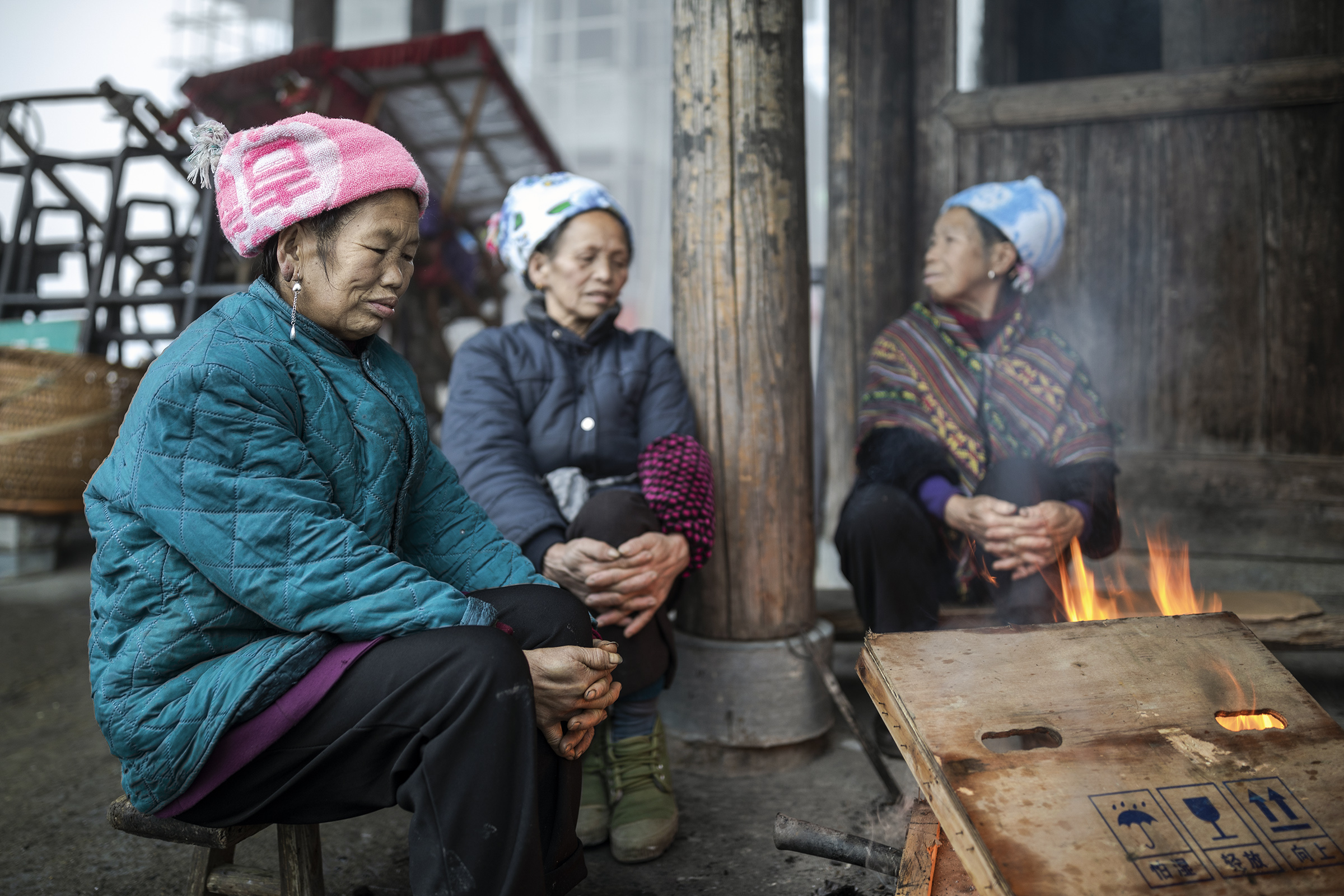



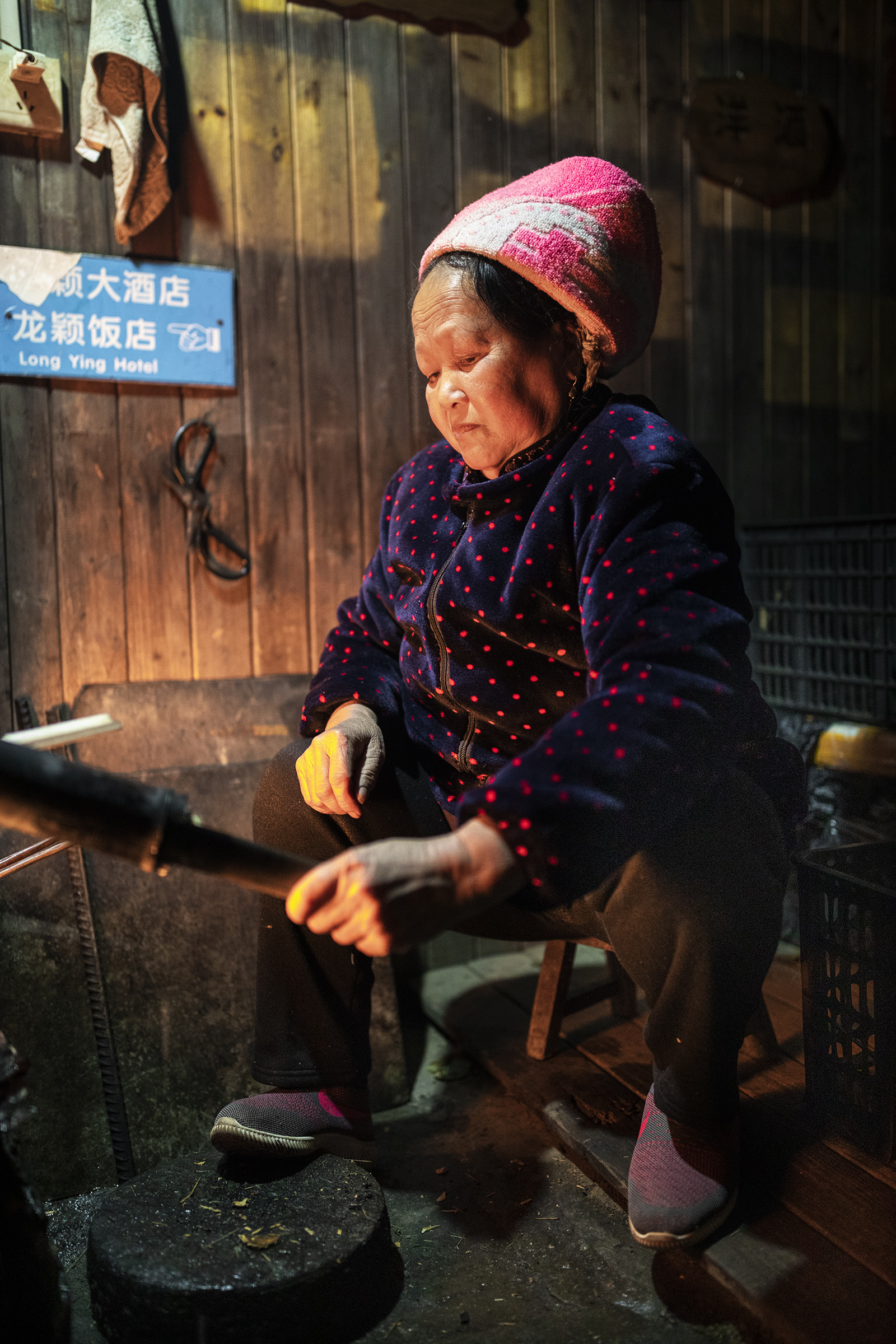
We spent the night in a beautiful room (the photo doesn’t say much about the temperature — but we slept fully dressed…)

The next morning we started a hike in the rice terraces of Longshen following our “long hair” friends (another local hoax — more on that later). It was cold, humid and misty.
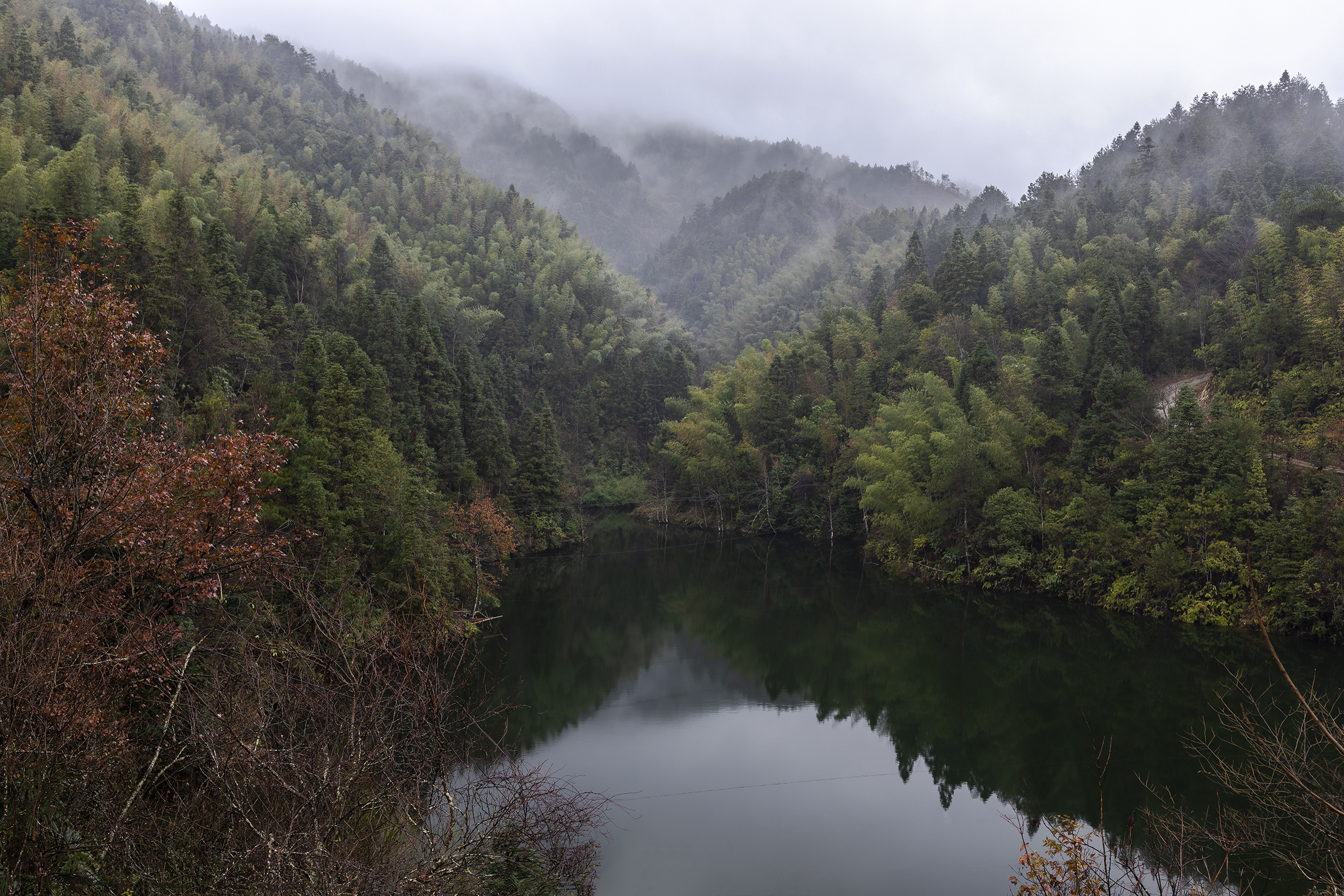
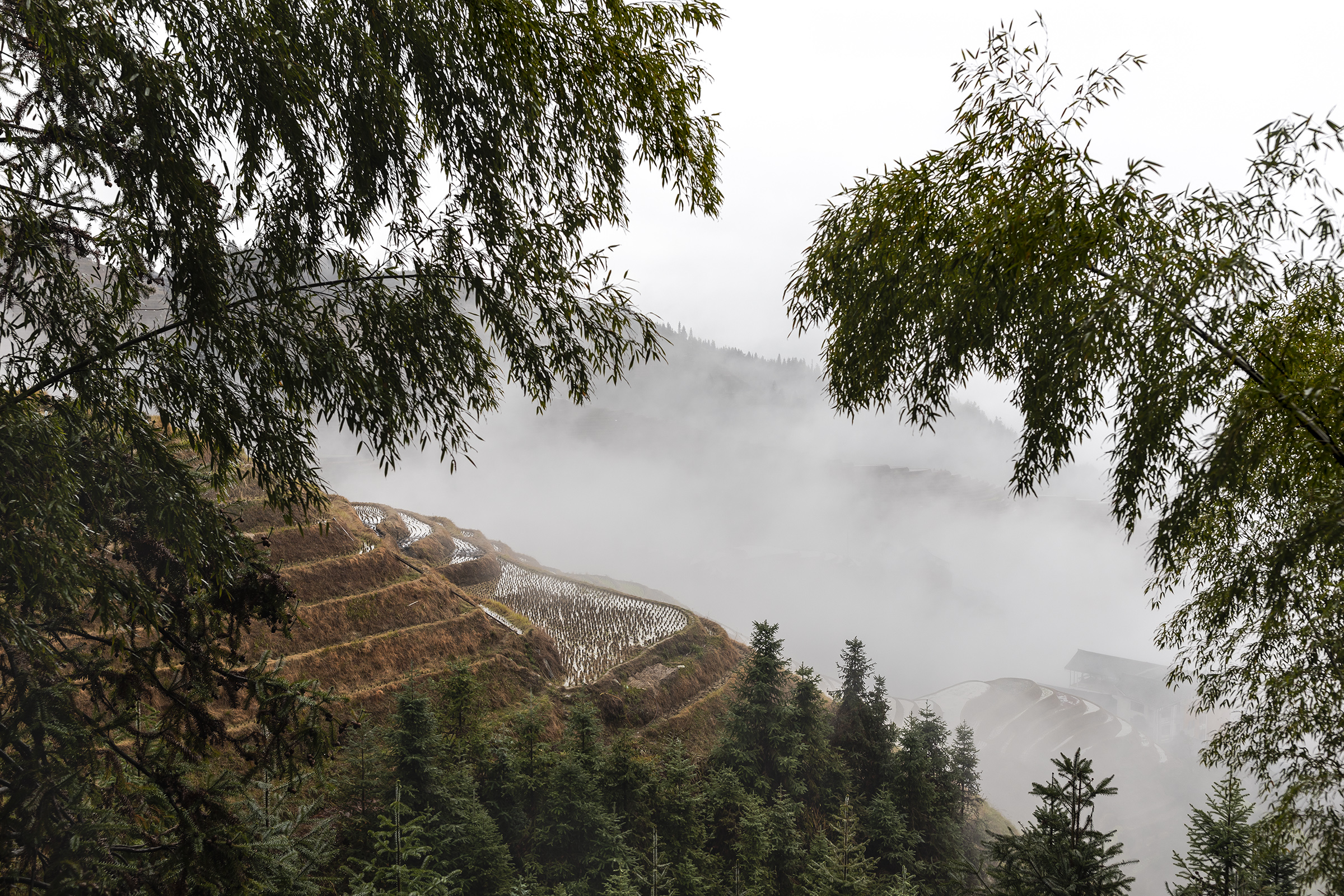

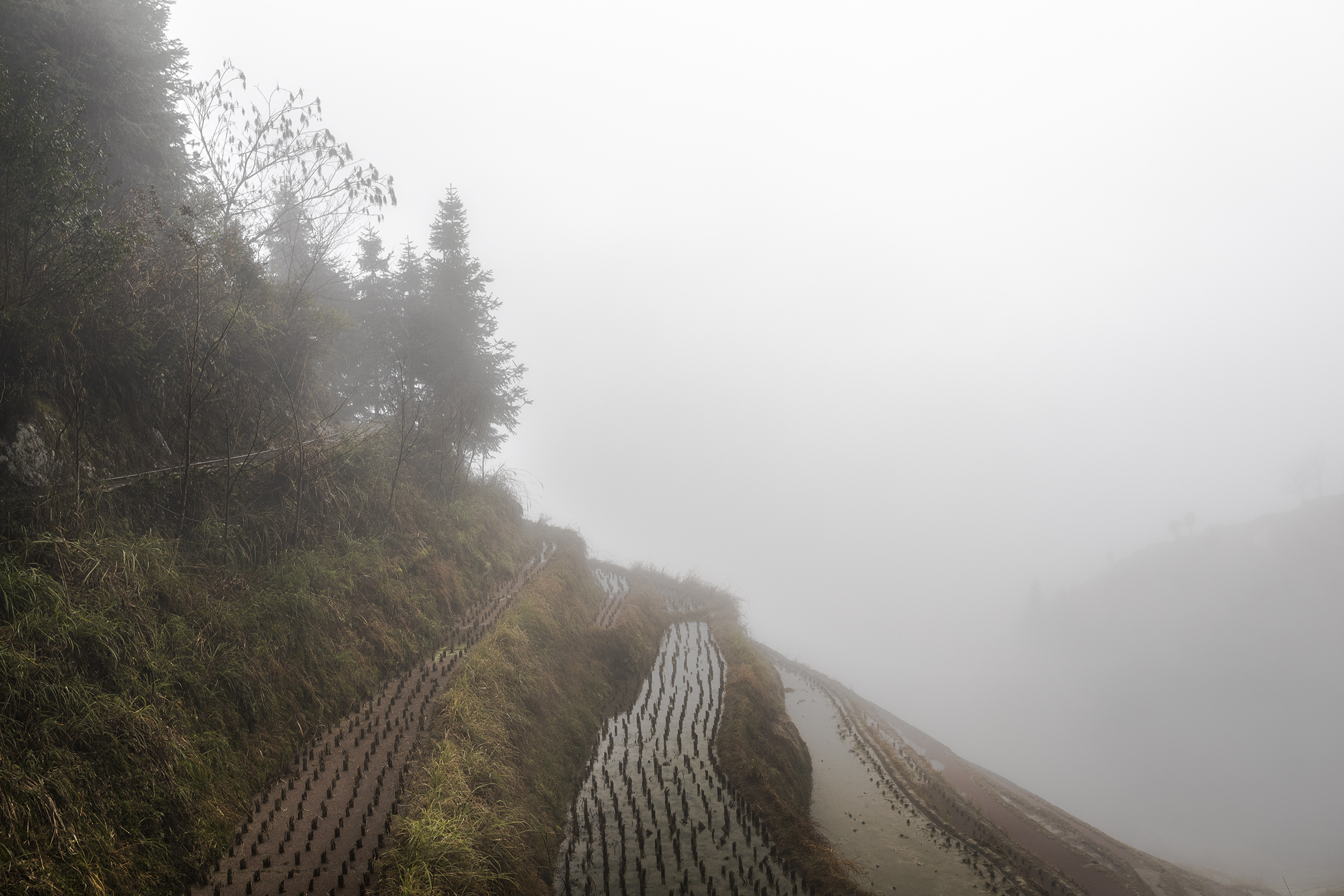

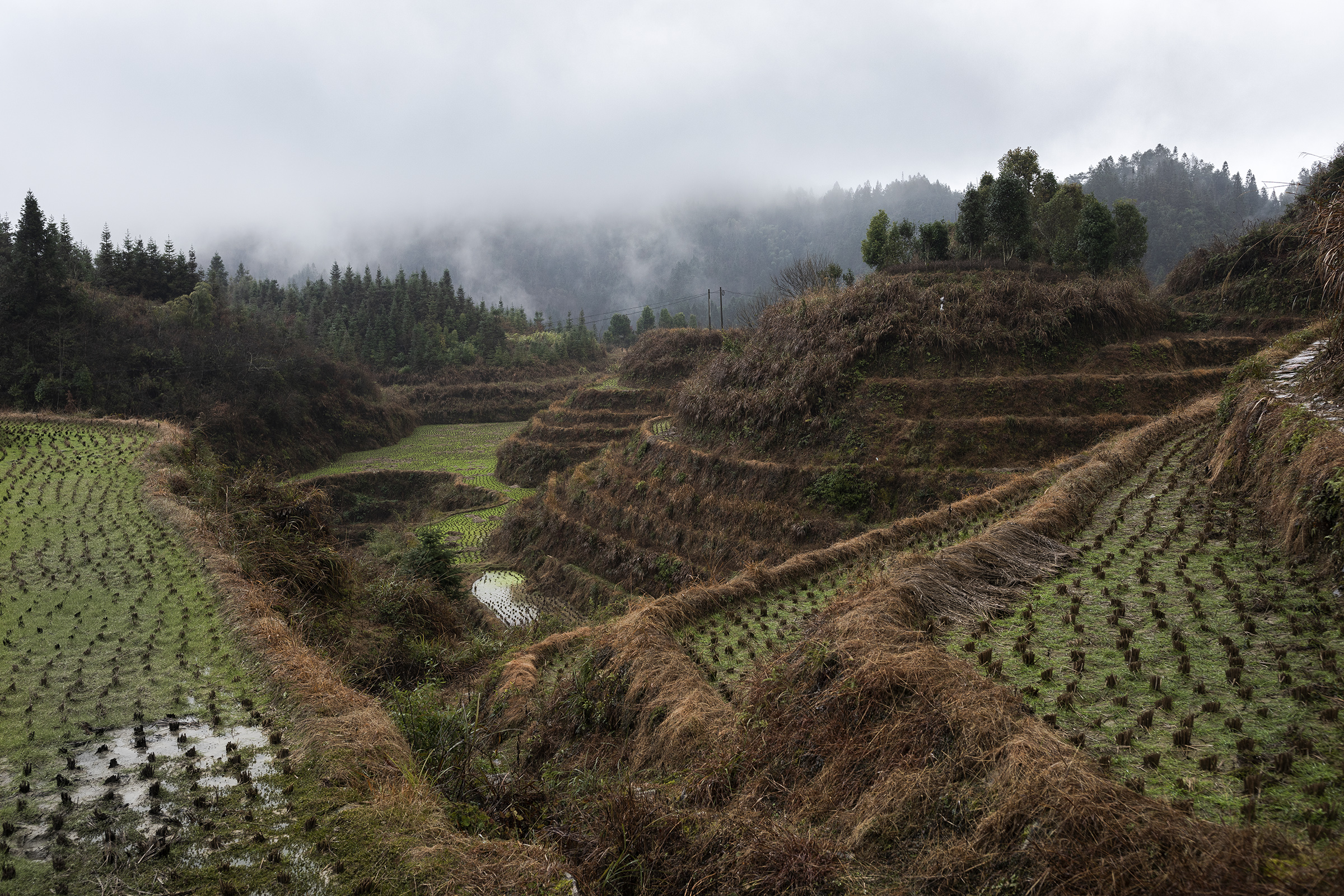


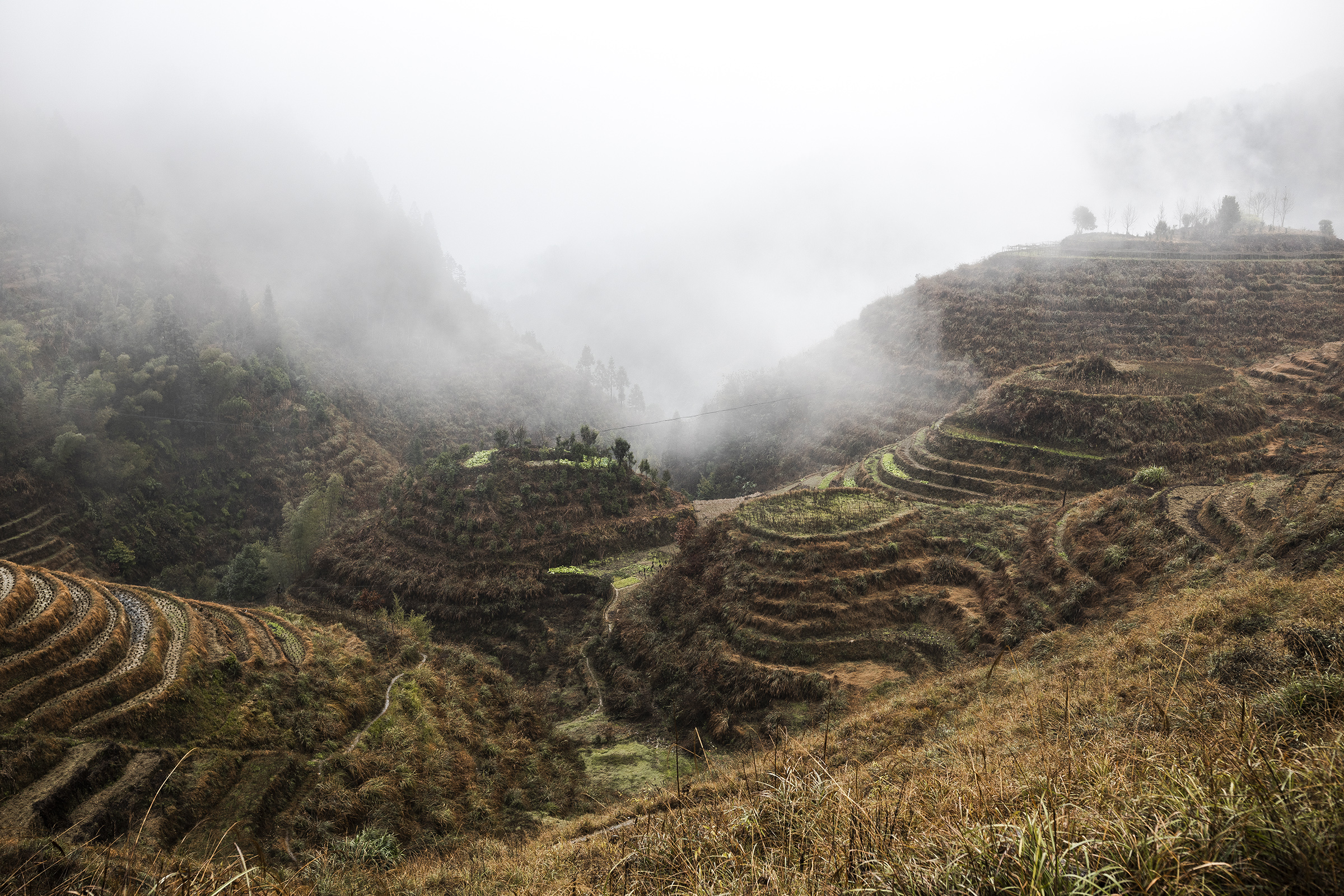




We didn’t do this on our own. Meet our speedy local guide, Miss Long Hair. If you’re wondering about how they manage to have such long hair, I’ll give you the answer: it’s not natural hair 😑 Luckily my friend Ricardo was there to make a donation for their cause and the preservation of the Long Hair tribe in Longshen.

We arrived in Dazhai and drove to Sanjiang, our last village in Guangxi, where we’d spend the night.
The Dong village of Zhaoxing, Guizhou
Changing region, Zhaoxing was the highlight of our first few days in China. A beautiful and soulful village where a number of drum towers have been built by the Dong.
There is a saying: “Dong people can’t live without sour”, meaning Dong people like “sour” (pickled) foods. Pickled fish, duck, pork and vegetables are favorites, and are often eaten throughout the day.

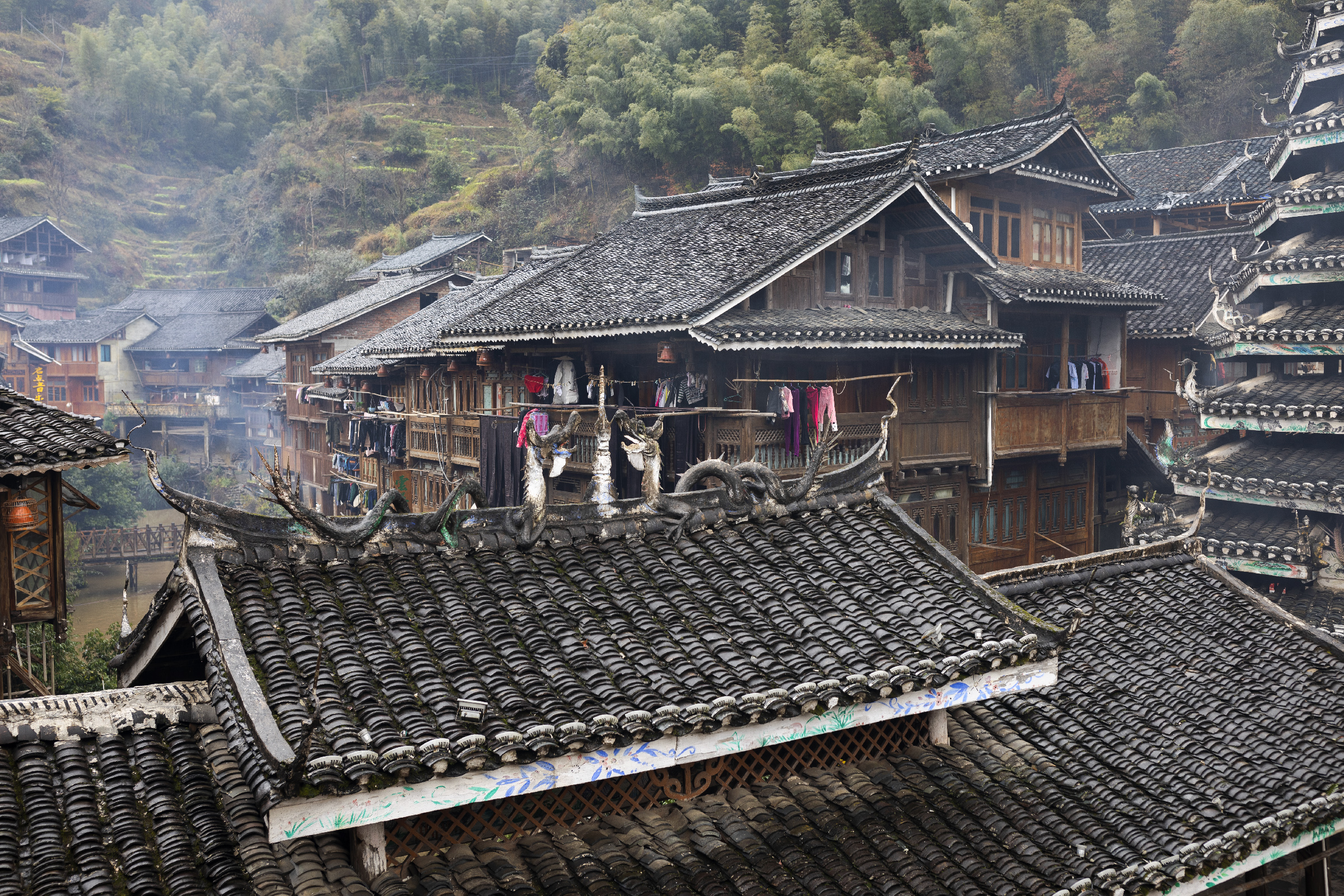
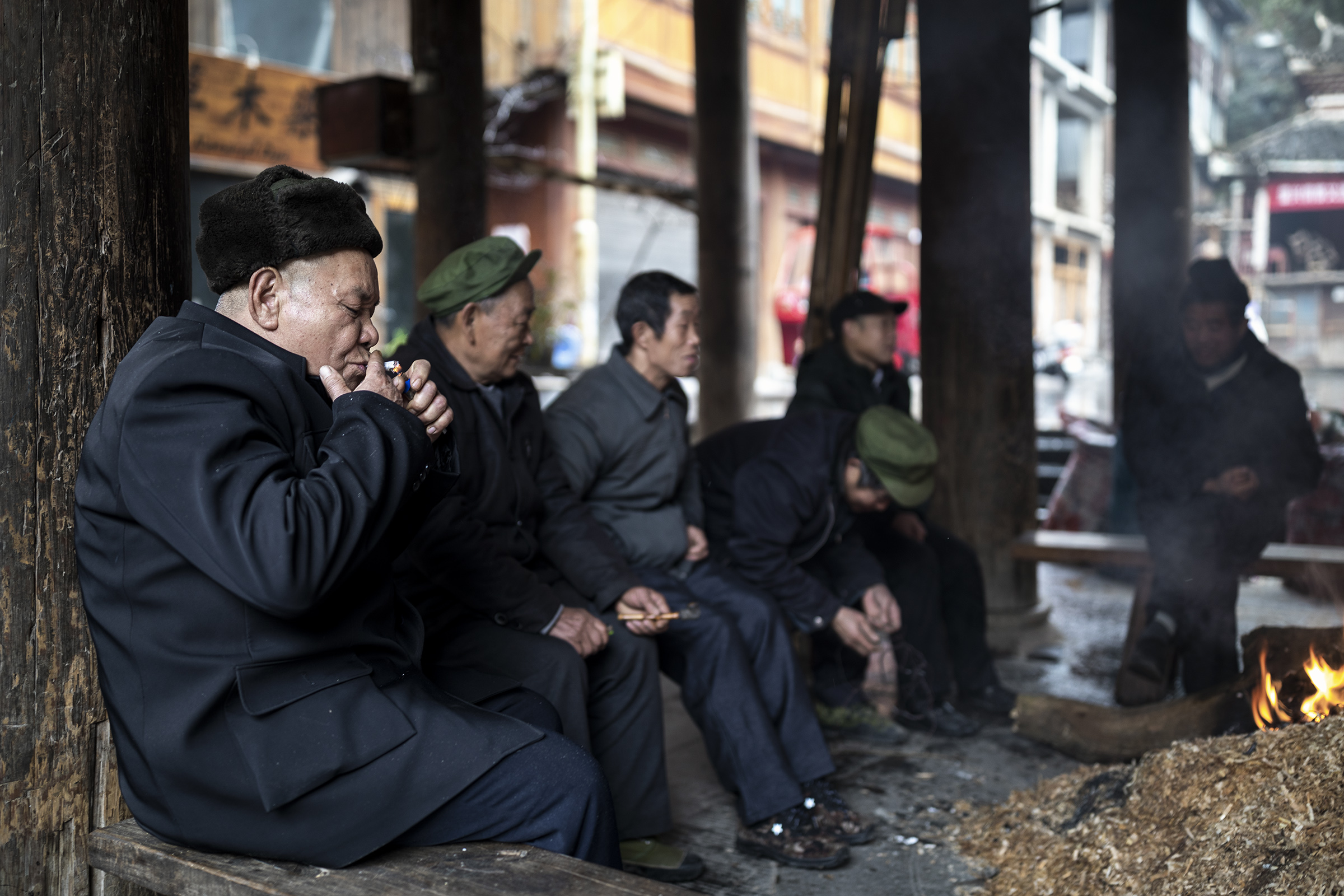
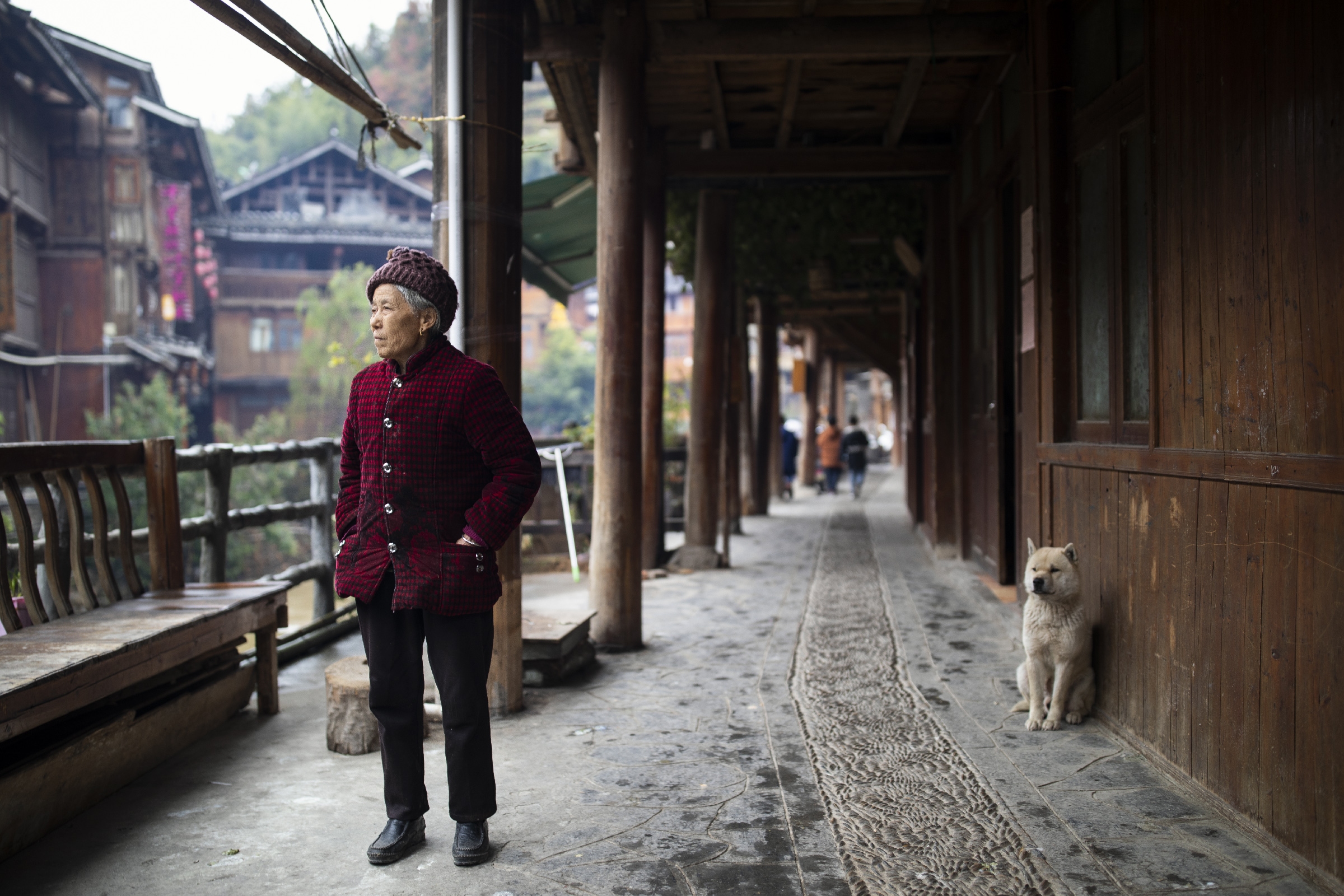

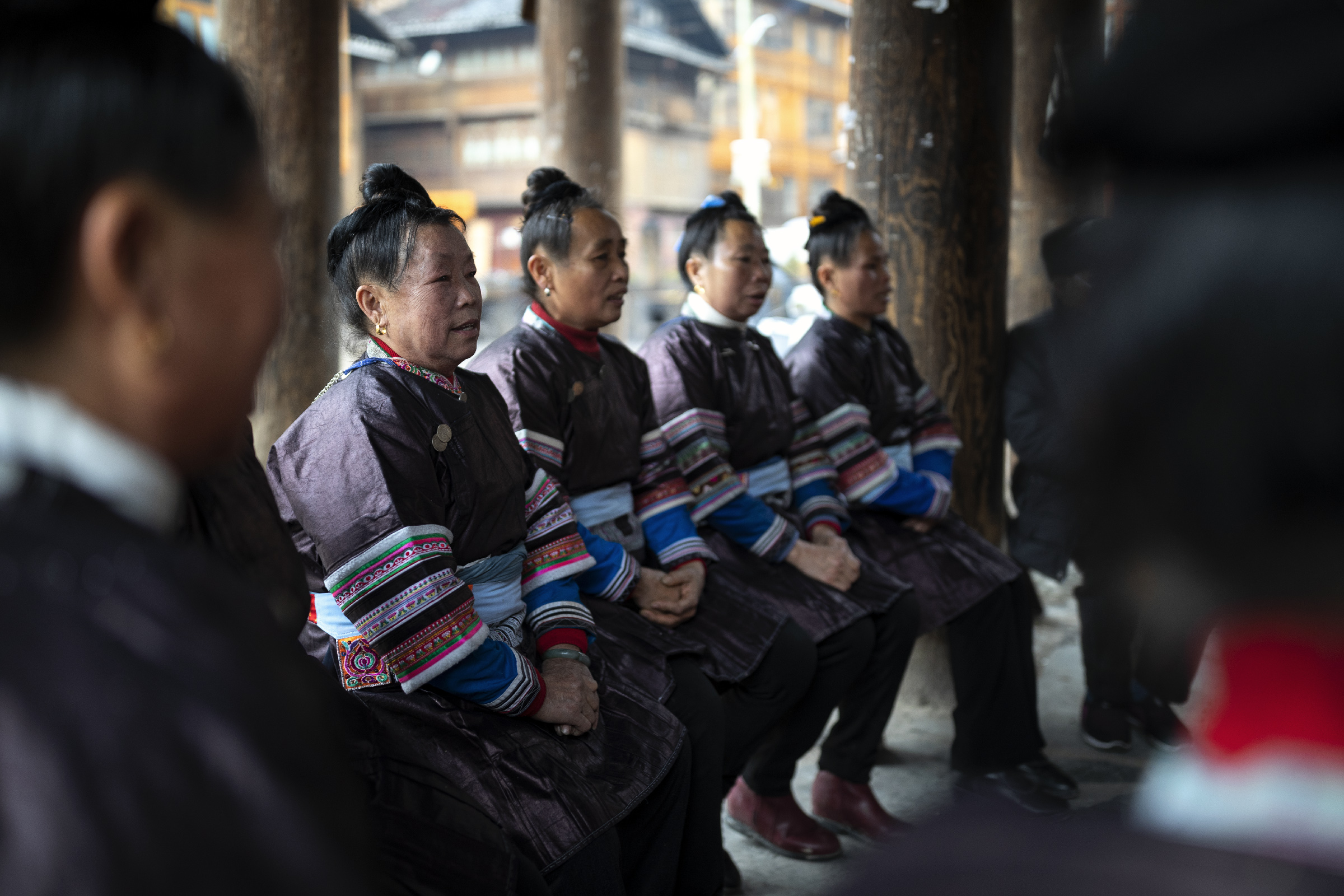
That day, we also went to Tang’an and hiked again through rice terraces. The villages on the way were beautiful.










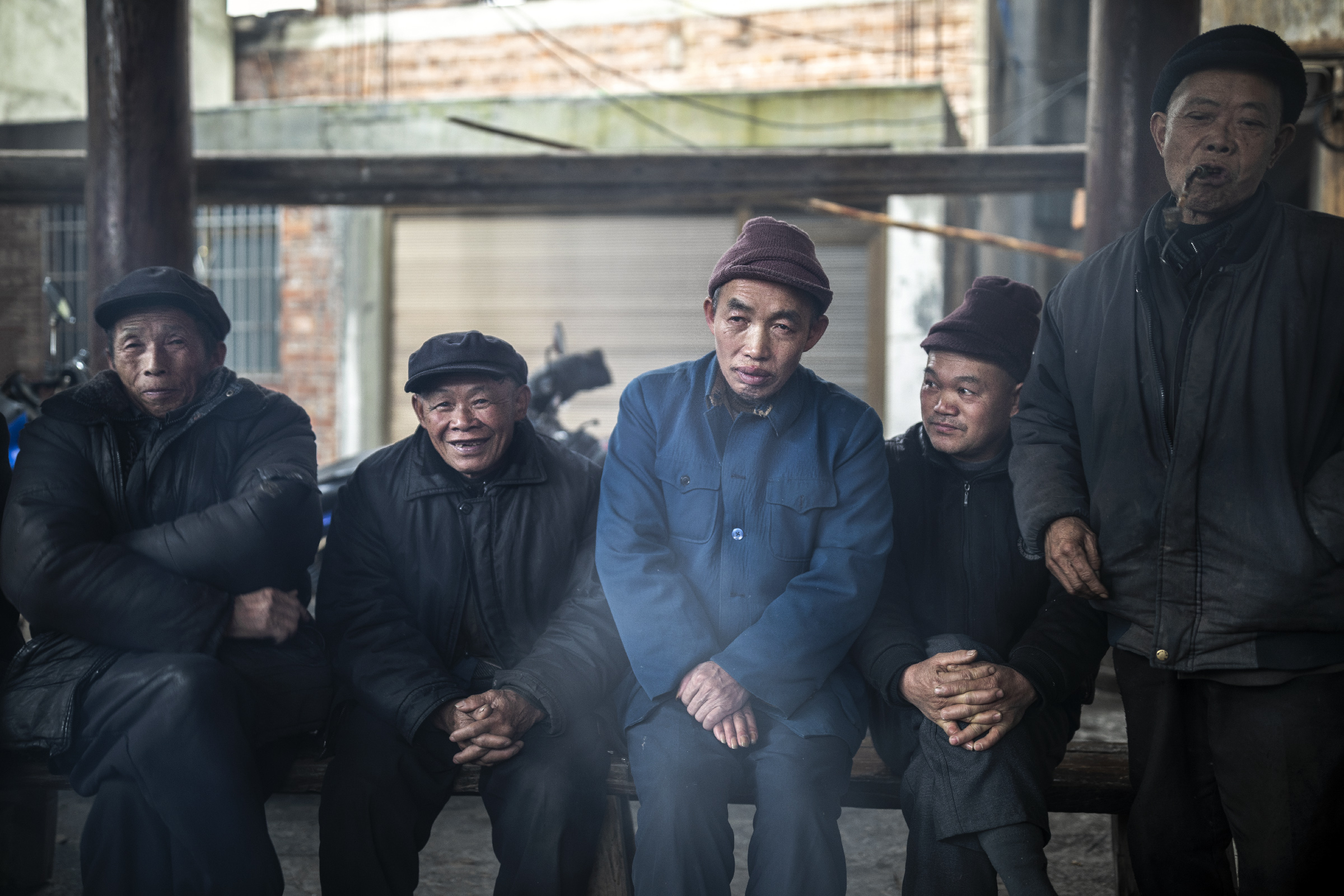

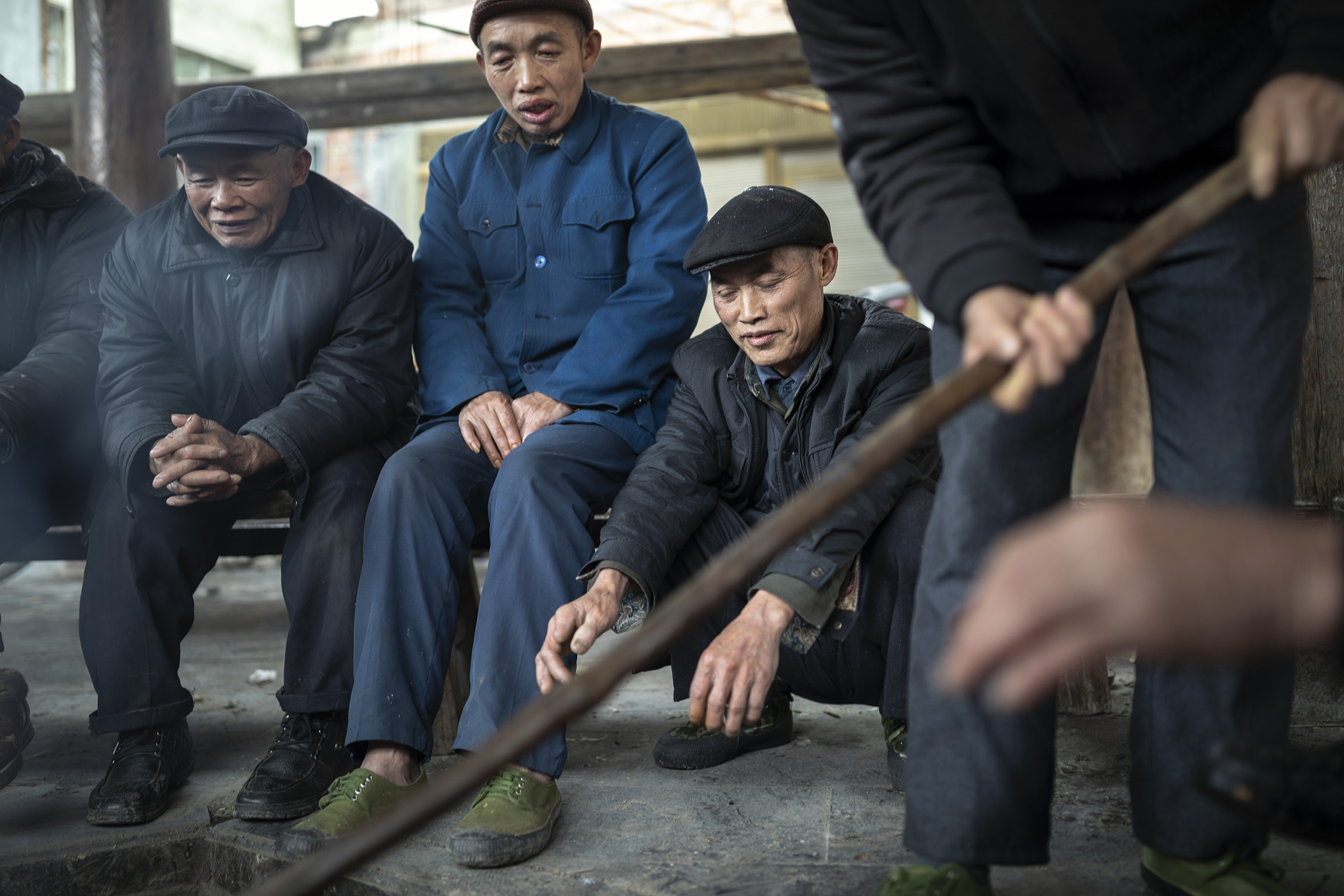

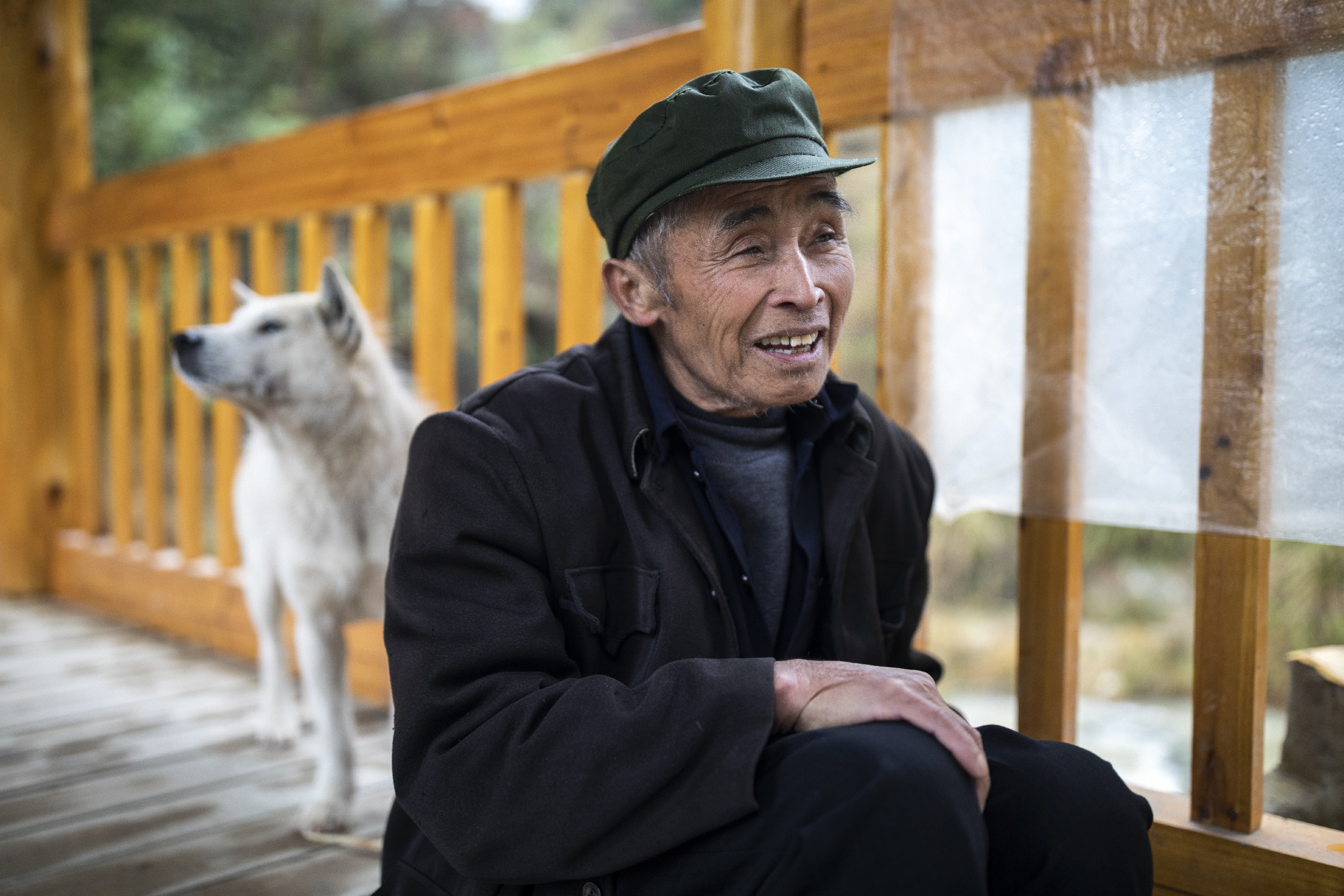
We then went back to Zhaoxing and spent the night there.

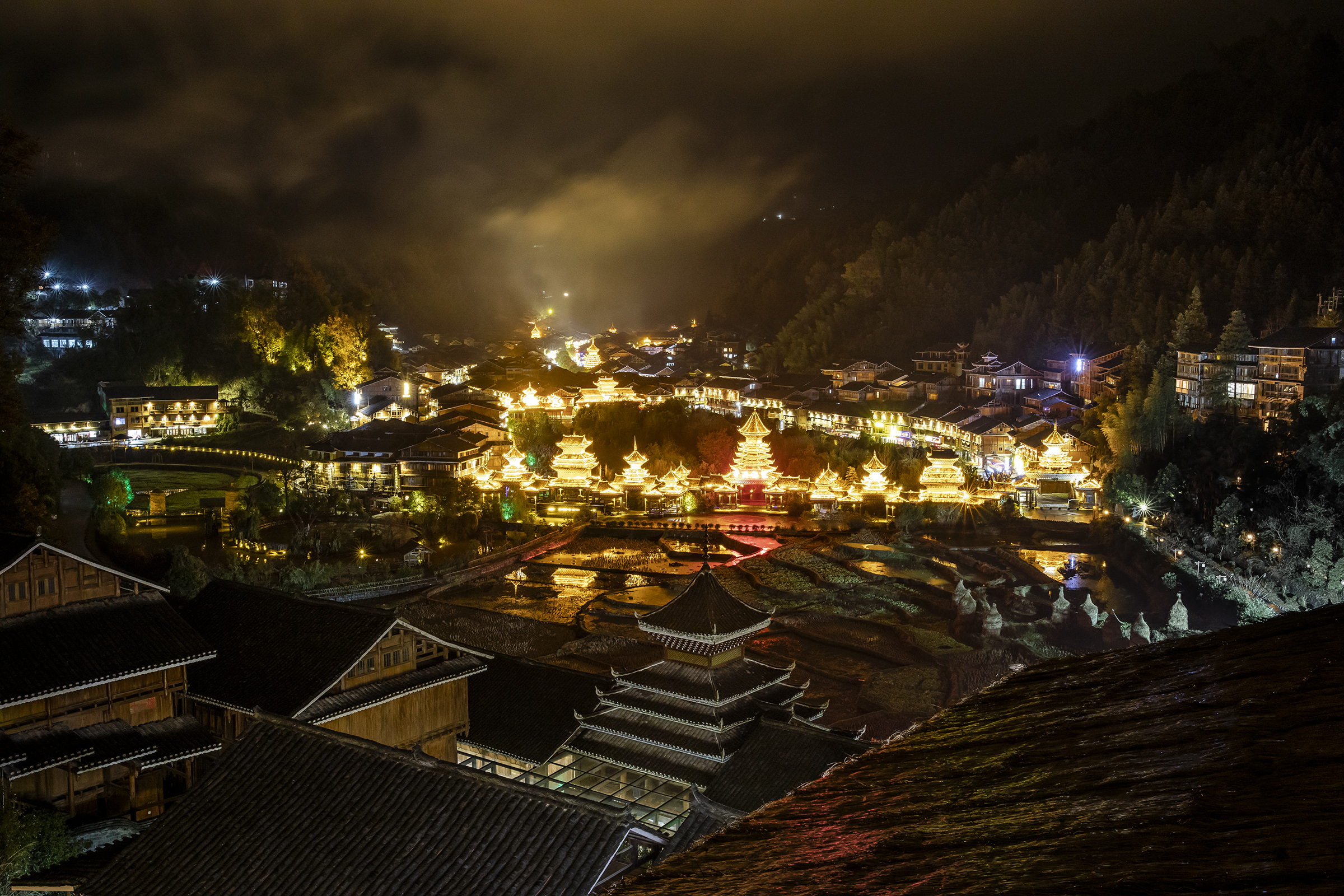
The next couple of days, we visited a few more villages — Rongjiang, Xiazhai, Shangzhai and Zenlei Shui.
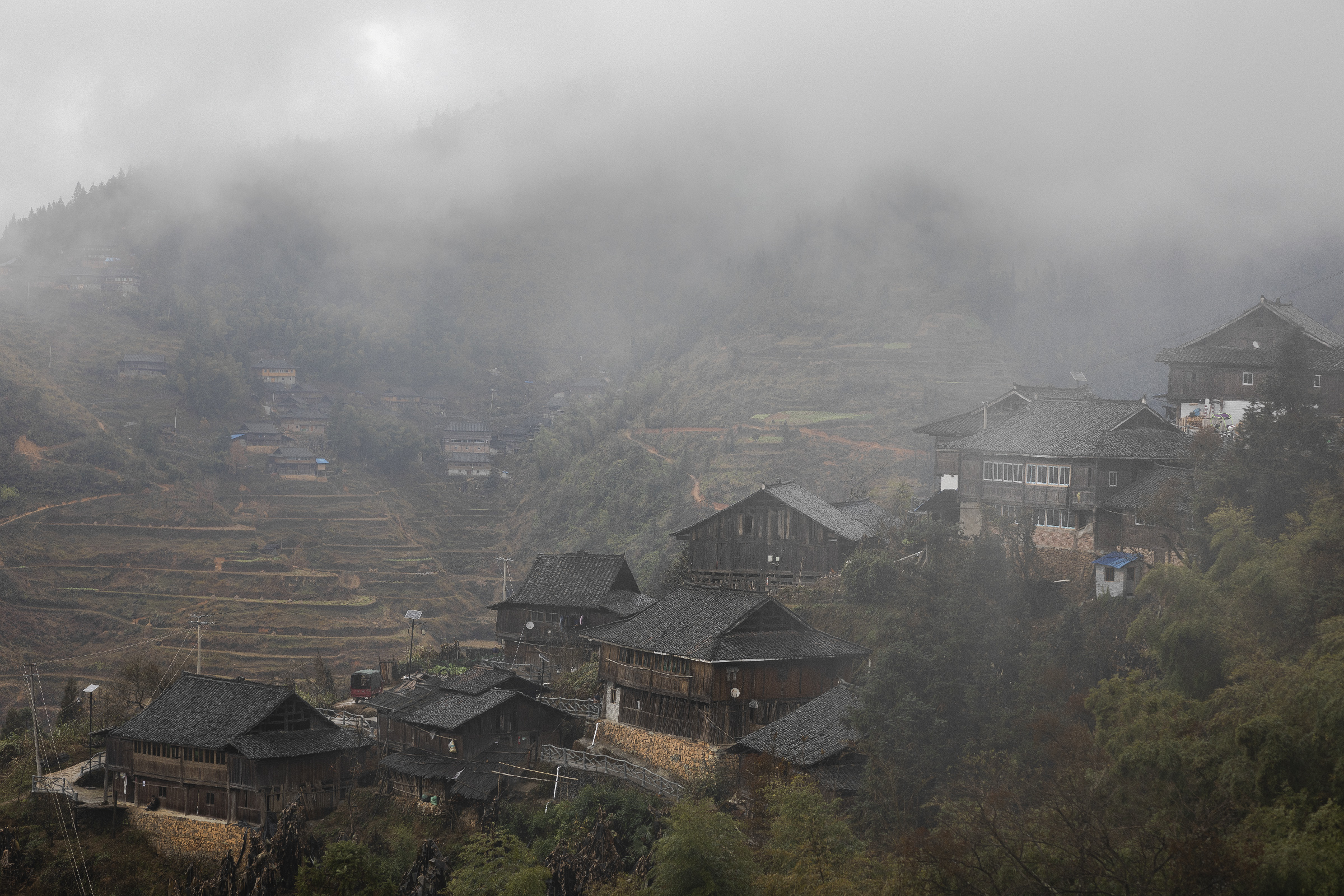
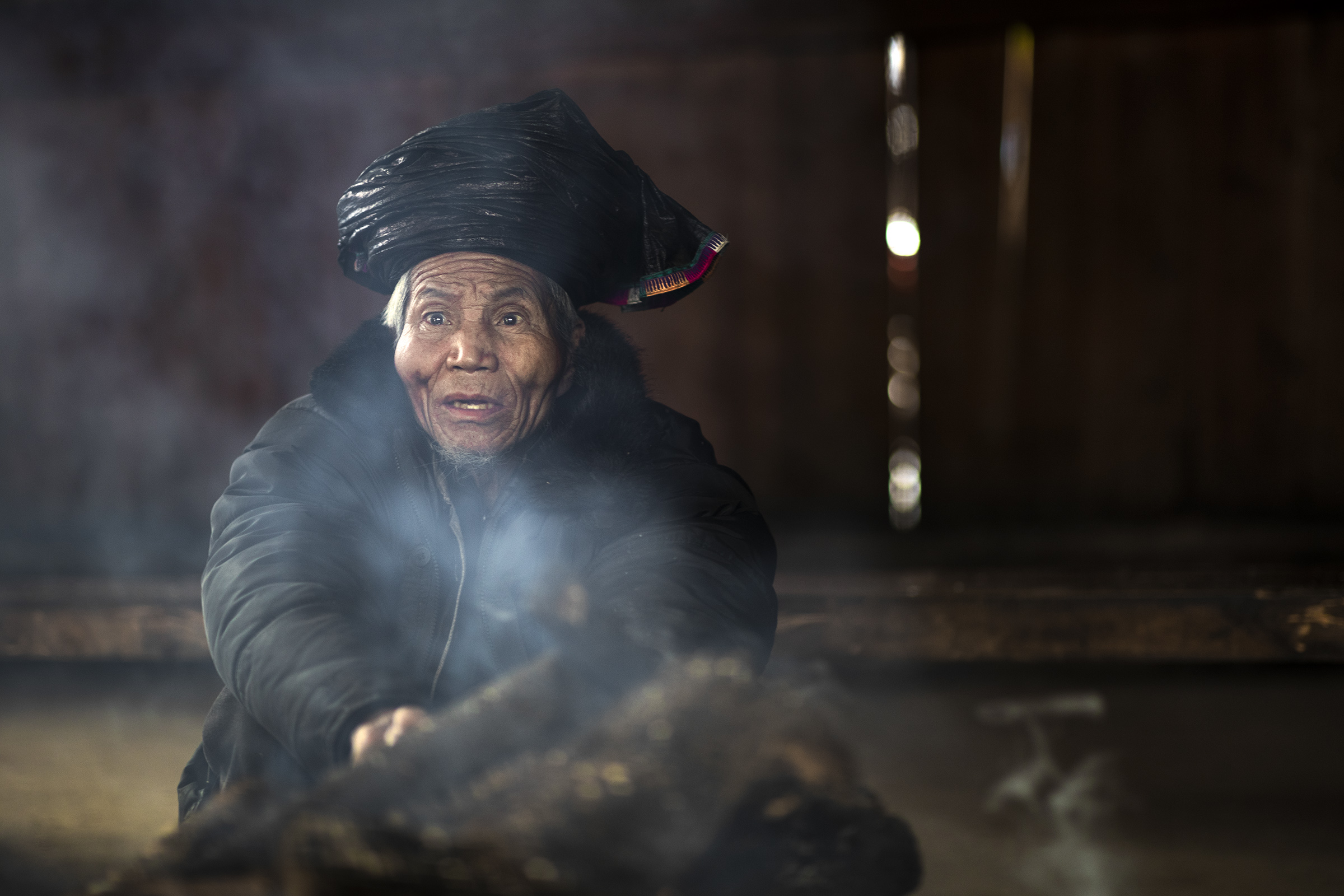

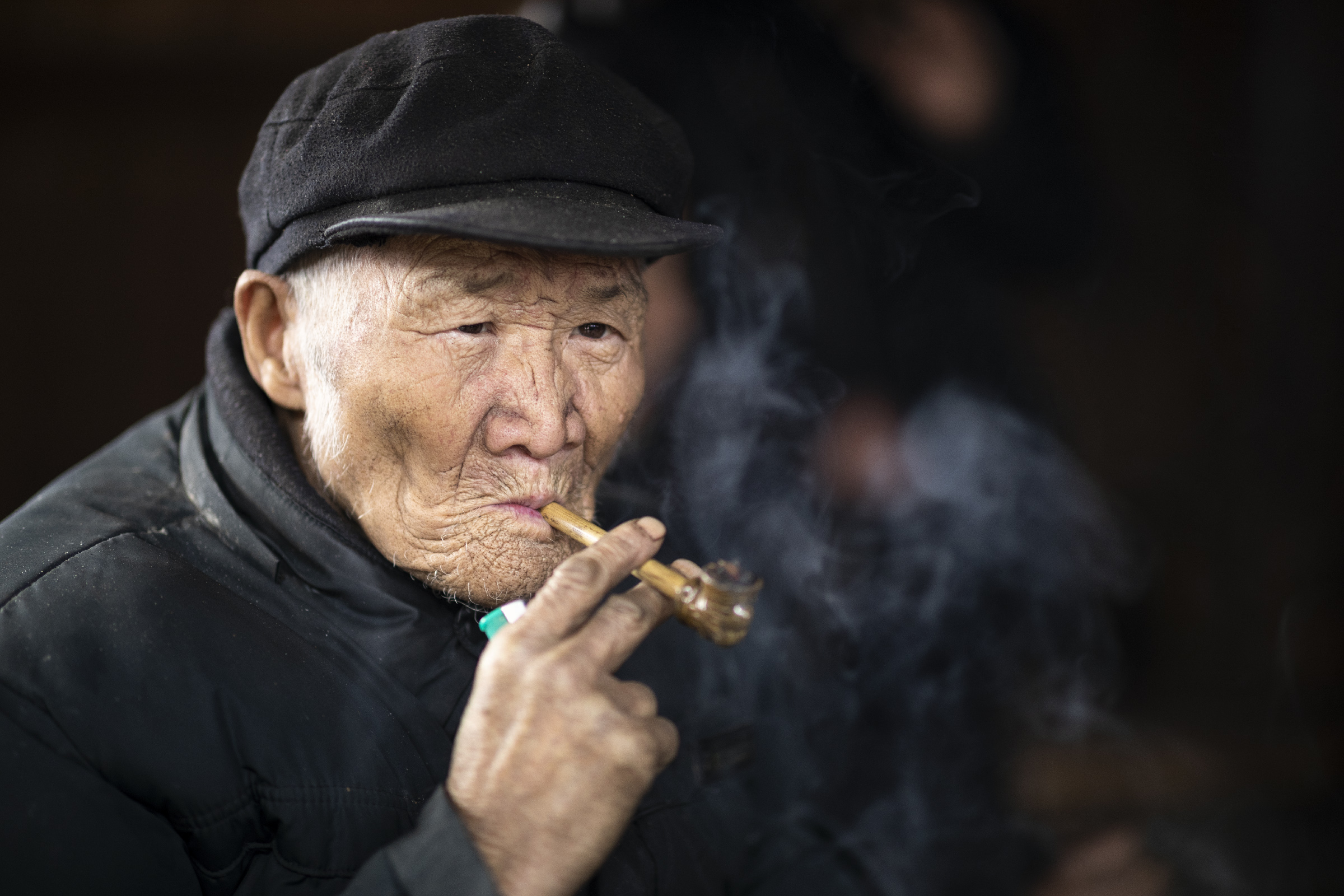
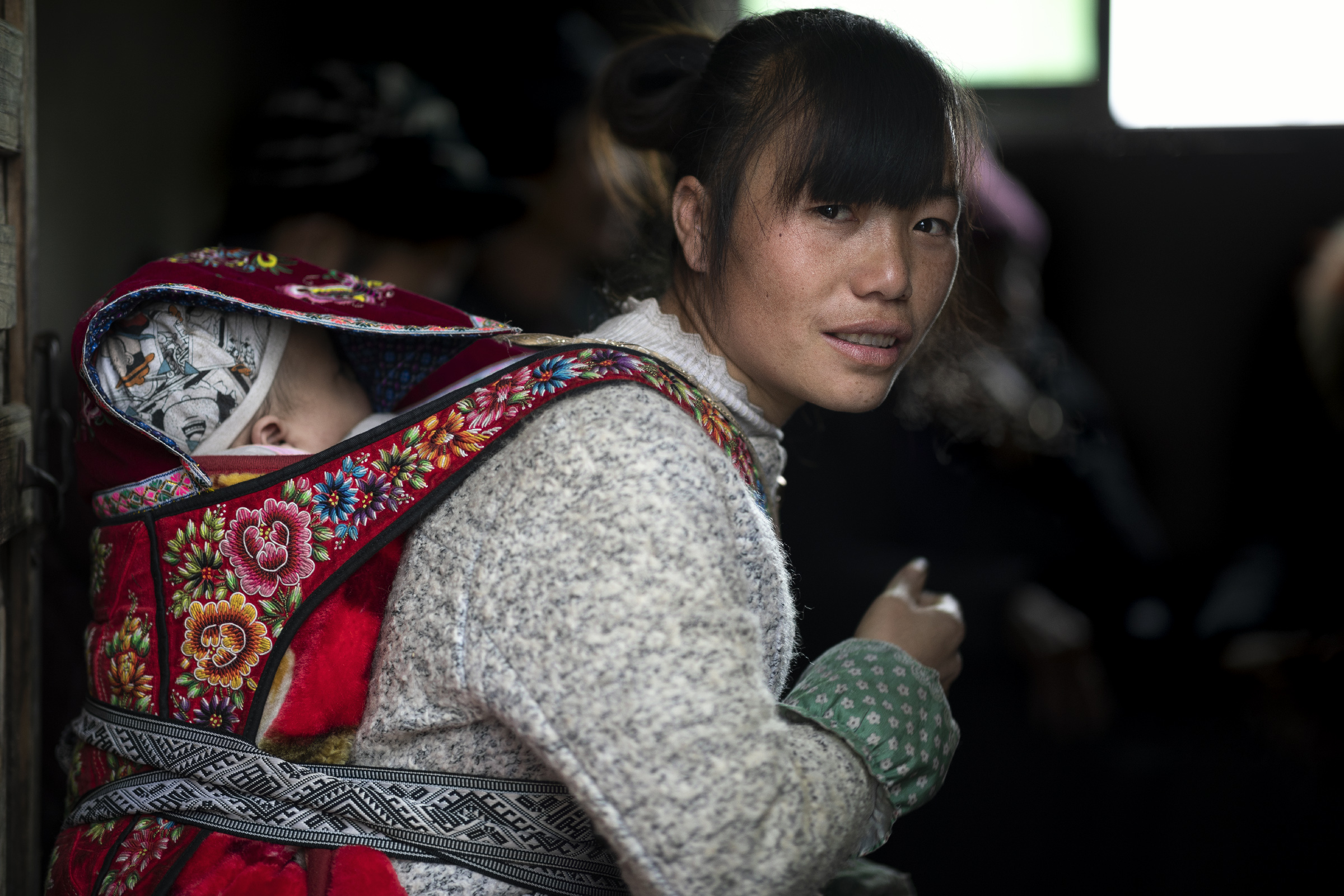
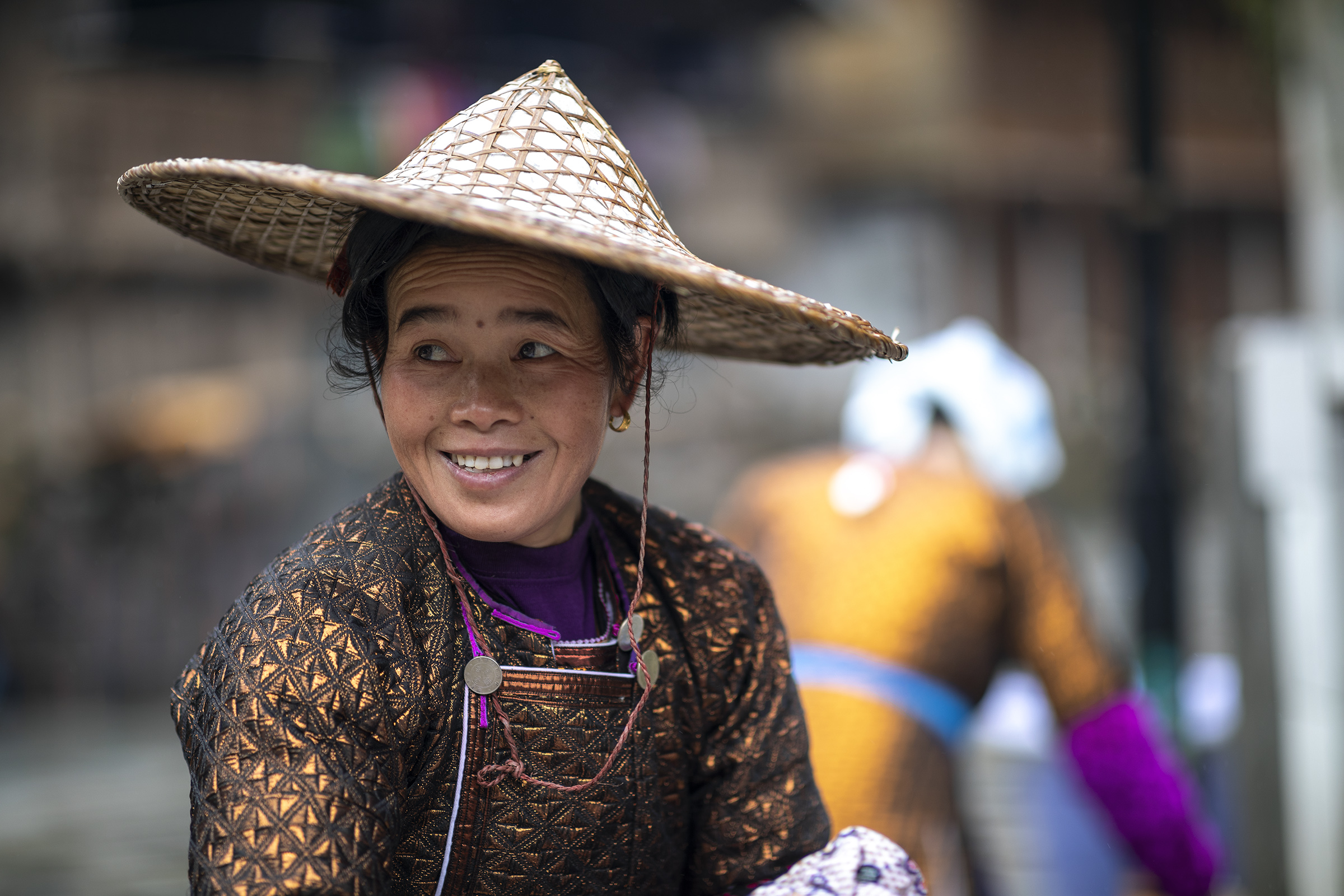
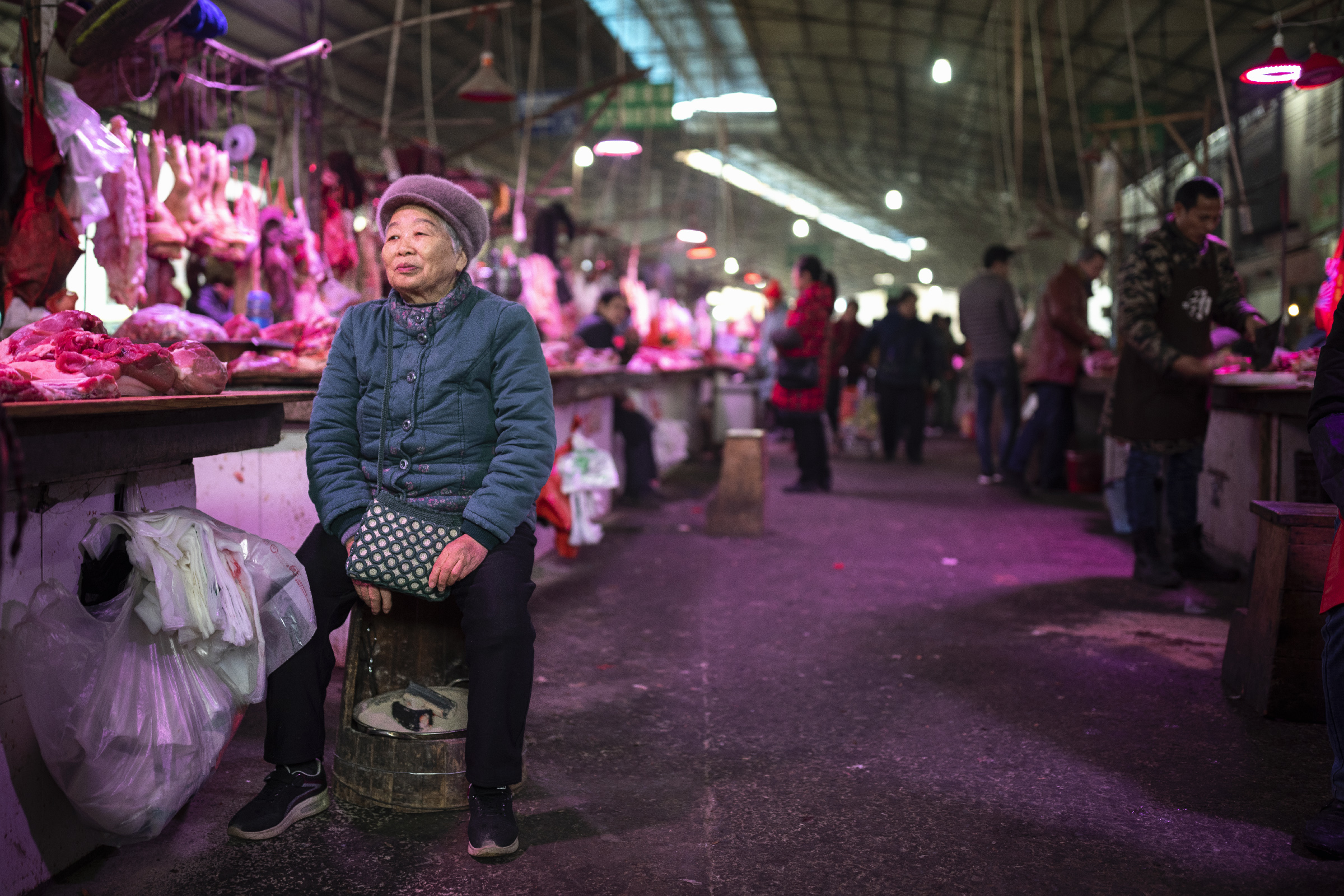
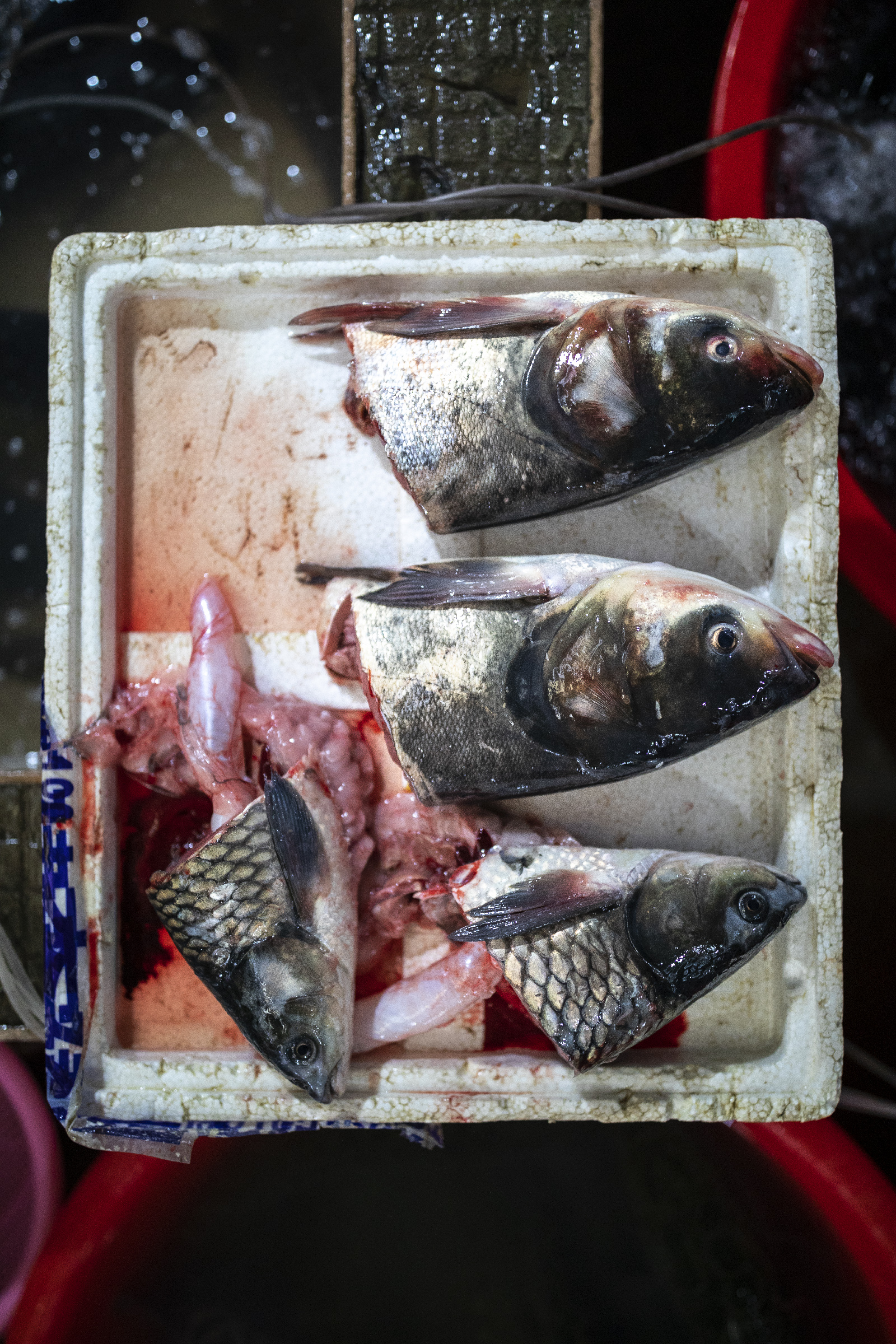
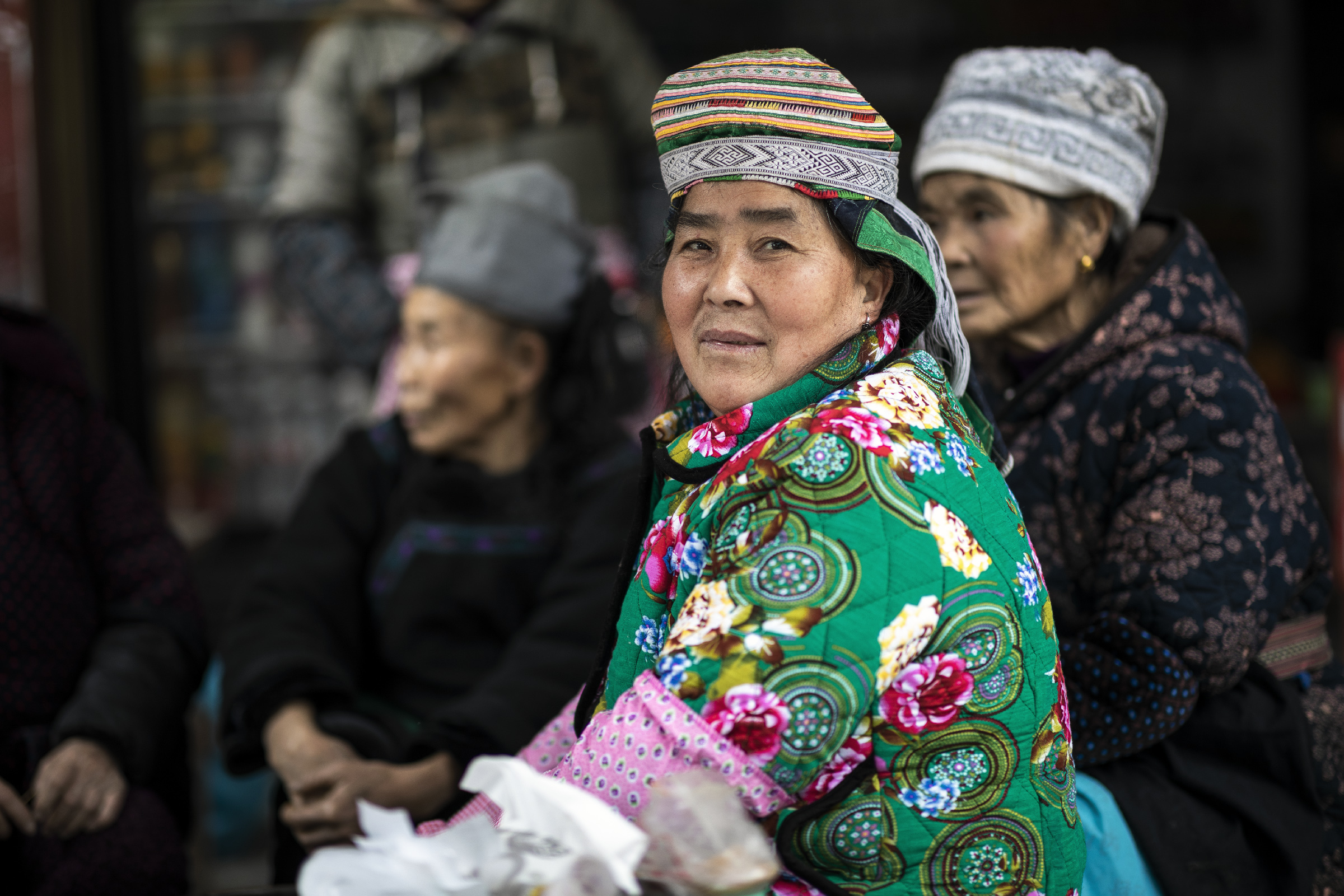

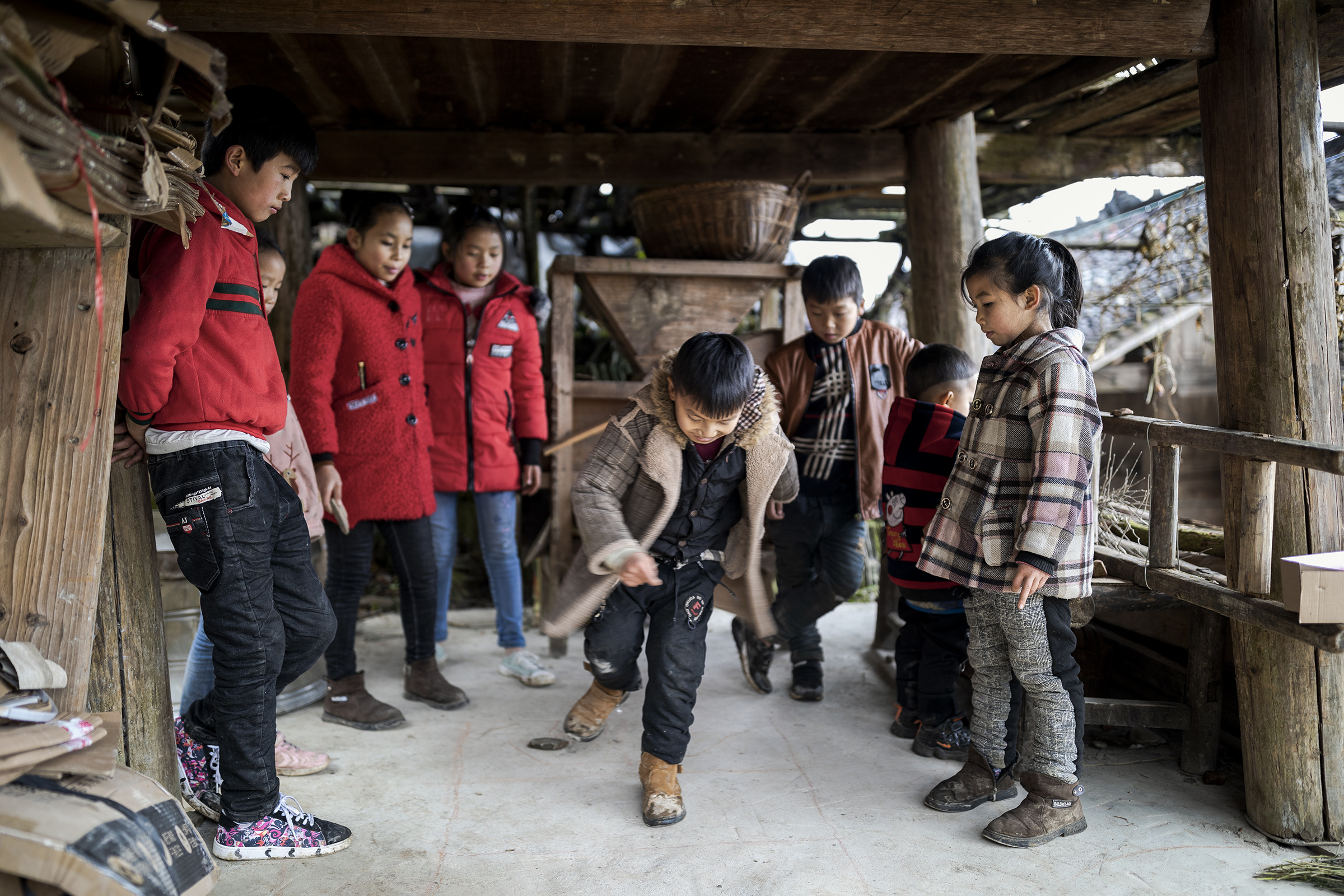
That’s a wrap! Before heading to Yunnan, we did a last stop in Langde Miao — worth taking a look if you ask me ;).


2 comments